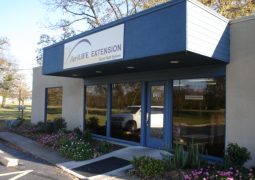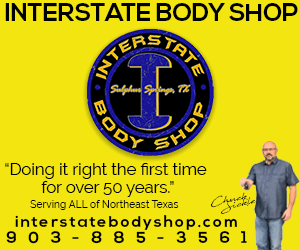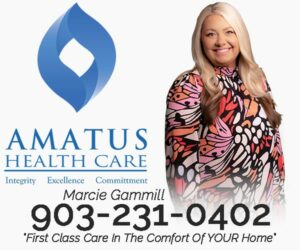Youth Health/Wellness Impacts by Johanna Hicks, Family & Community Health Agent

[adning id=”33097″]

This is the second in a series of columns about the impact Texas A&M AgriLife Extension made on Hopkins County citizens in 2020. With an estimated county population of 36, 310 according to https://nccd.cdc.gov, approximately 21% of our children live in poverty. Through issue identification and planning meetings with the Community Health/Wellness Alliance and Hopkins County Master Wellness Volunteers, program plans were put into place to address youth nutrition and physical activity.
[adning id=”33207″]
Due to COVID-19, plans had to change slightly, but two major events took place that have very good results.
- Partnership with the Sulphur Springs ISD Summer Camp: I presented “Color Me Healthy” to students in nine lessons. Nutrition and physical activity were included in all sessions. A Color Me Healthy newsletter was sent home with the students, which included recipes, tips for healthy eating, suggestions for incorporating physical activity into daily life, and more. Incentive items were distributed to the campers which included sports bottles, exercise bands, jump ropes, fruit/veggie spin wheel, pedometers, kids’ market bags, milk cups, cool neck wraps, MyPlate inflatable balls, and others to reinforce the topics taught. Safety protocol was followed to assure that students were kept safe. Students indicated learning the recommended number of minutes of physical activity, importance of eating a variety of vegetables and fruits every day (MyPlate), and the origin of foods and by-products such as leather, soap, crayons, etc. (Path to the Plate). They also learned the importance of staying hydrated throughout the year – not just during the summer months.
- Skills Camp for 5th and 6th grade students: Rather than face-to-face camp sessions, grab-and-go kits were prepared for the following topics: STEM – pizza box solar oven; Upcycling – bath towel projects and egg carton planters; Fun with Money, provided by Alliance Bank; Woodworking – table/I-pad stand; and Leatherwork – leather 4-H key fob. All materials needed to complete the projects were included in each kit. Additionally, each kit included daily life challenges such as hand-writing a letter, making a phone call (not texting), changing sheets and laundering them, sewing on a button, and cleaning their room by tossing, keeping, or donating. A daily Super Summer Salad recipe to make at home was also included in each kit.
100% of campers rated the camp at the highest level. For new skills learned, 100% noted STEM – solar oven cooking; 80% noted how to stain wood without chemicals; 70% indicated that they learned how to use cardboard egg cartons as seed starters; and 70% indicated learning how to hand-sew (upcycling). Life skills learned: 70% learned to make their own cleaning solution; 50% learned how to address an envelope and write a letter; 50% learned how to sew on a button. One student indicated learning all the life skills.
The Skills Camp Grab-and-Go Project Kit concept was published in the District 4-H newsletter, and a similar project was implemented with the 4-H Foods Project September thru November. I had the privilege of leading a session for all agents in the East Region on the content and implementation of the 4-H Foods Grab-and-Go Project, and have received numerous positive comments.
Dates for the 2021 Kids’ Camp and Skills Camp have been planned. We will use feedback from surveys to plan topics and sessions, and if COVID allows, both camps will be held face-to-face.
Closing Thought
For every complex problem, there is a solution that is simple, neat, and wrong! H. L. Mencken
[adning id=”33207″]













